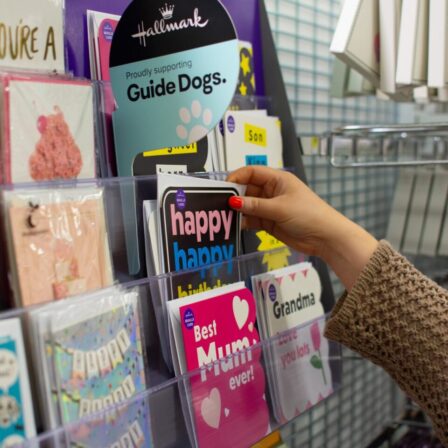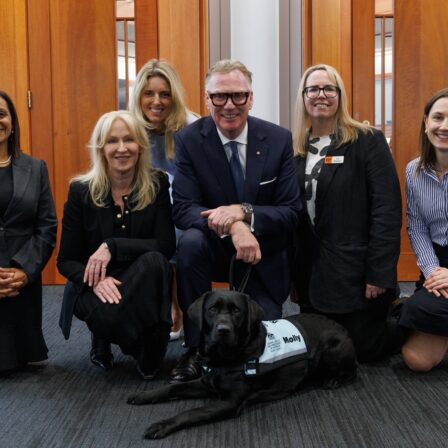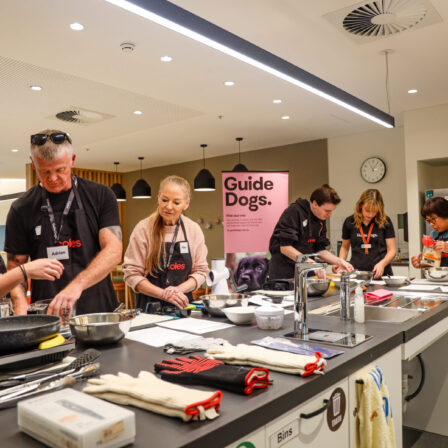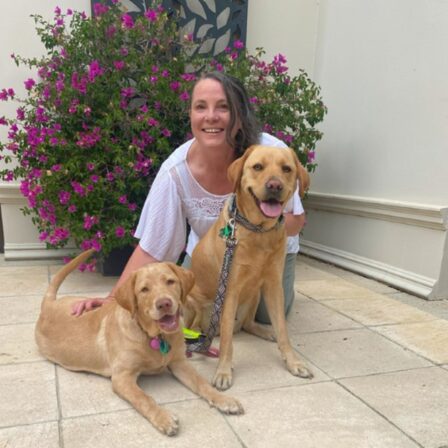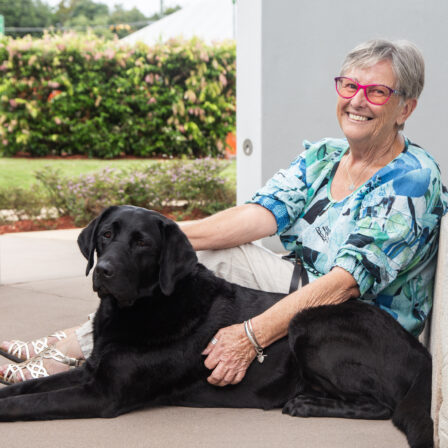News
International White Cane Day 2025 – White Cane Mastery. Independence Unlocked
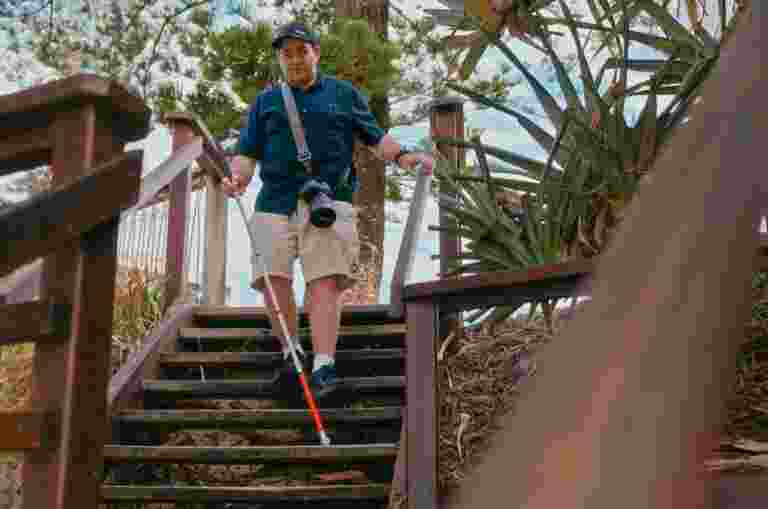
On 15 October each year, Guide Dogs celebrates International White Cane Day by recognising the achievements of people with blindness or low vision who use a white cane, and by calling on Australians to challenge misconceptions and be a more informed ally.
There are over 453,000 Australians living with blindness or low vision. However, our world is designed by and for, sighted people. This means that often people with low vision or blindness are disadvantaged unintentionally.
Confidence and independence
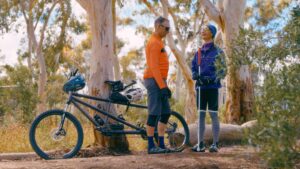
Despite living in a world designed for the sighted, many people with low vision and blindness refuse to be slowed down, and never more so than when they are following their passions, hobbies and careers.
Even in today’s advanced digital age, the simple white cane can be a life-changing tool for mobility, confidence and independence. It is a also symbol of skill, autonomy, and empowerment, enabling people to live life on their own terms.
What you can do
Watch our videos to challenge misconceptions about blindness and low vision, and to better understand the experiences and challenges of white cane users.
Join us in acknowledging how white canes can empower independence and allow people who use them to follow their passions and live a life of their choosing.
Be more mindful of people who use a white cane in your local community’s public spaces (see our resources), and take opportunities to educate your friends, colleagues and family.

